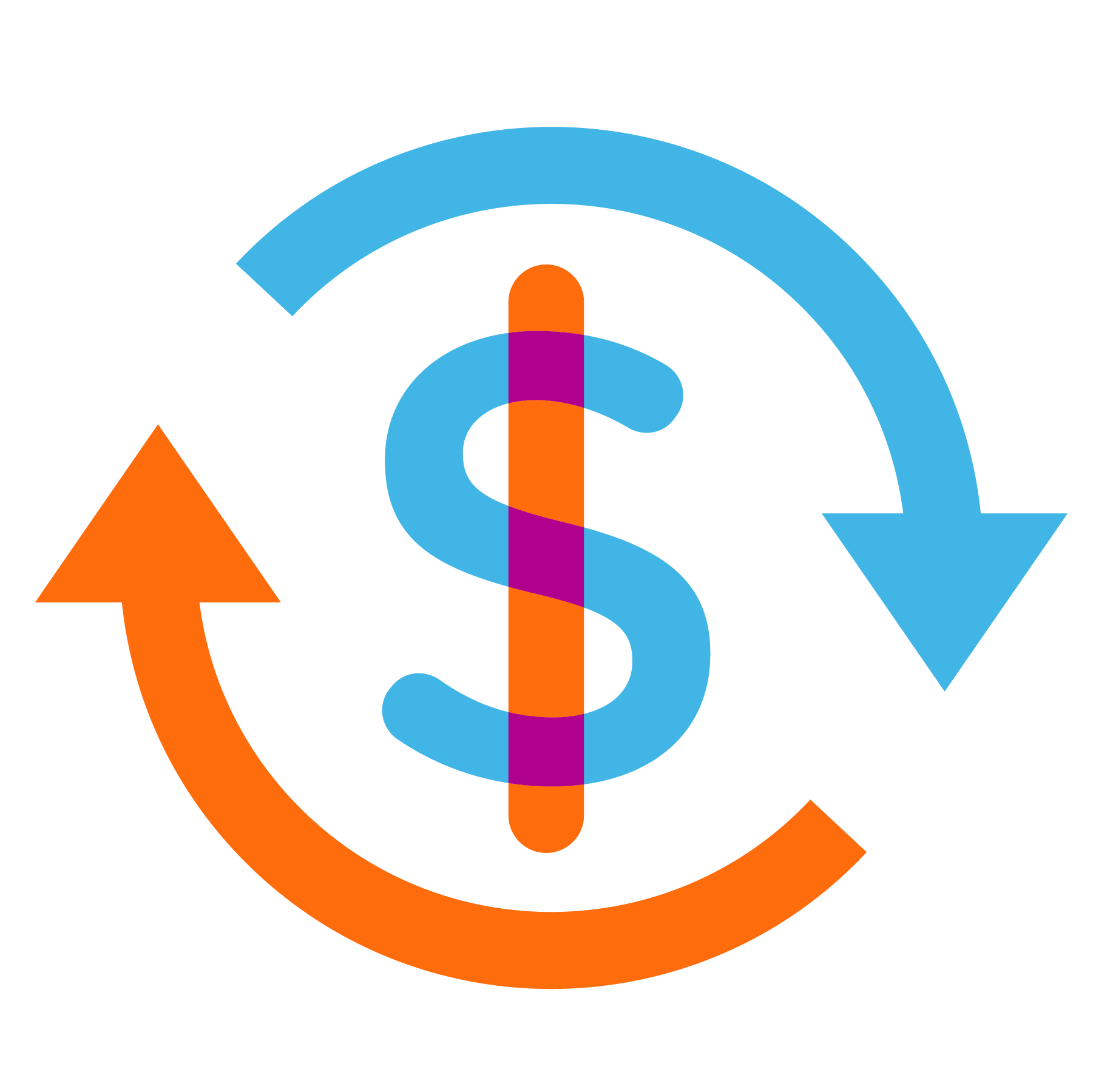Ballad my chart has become a popular phrase among music enthusiasts who are passionate about exploring the rich history and significance of ballads in the music industry. These slow-paced, emotional songs have consistently captured the hearts of listeners worldwide, leaving an indelible mark on the global music scene. As one of the most enduring genres, ballads have influenced countless artists and inspired generations of fans.
From classic love songs to modern-day hits, ballads continue to resonate with audiences across all age groups. Their ability to convey deep emotions and tell compelling stories makes them timeless classics that remain relevant even today. In this article, we will delve into the world of ballads, exploring their origins, evolution, and impact on music charts around the globe.
This in-depth guide aims to provide valuable insights into why ballads remain a staple in the music industry, how they contribute to shaping modern music trends, and what makes them so special. Whether you're a die-hard fan or just curious about this genre, this article will offer something for everyone interested in learning more about ballad my chart.
Read also:Blue Buzzballz Cocktail A Comprehensive Guide To This Vibrant Drink
Table of Contents
- The History of Ballads
- Types of Ballads
- Famous Ballad Artists
- Ballads in Music Charts
- The Impact of Ballads on Music Industry
- Modern Ballads
- Songwriting Techniques in Ballads
- Production Techniques for Ballads
- Ballad Statistics and Trends
- The Future of Ballads
The History of Ballads
Ballads have a rich history that dates back centuries. Originally, ballads were narrative poems set to music, often telling tales of love, loss, and heroism. The term "ballad" originates from the medieval French word "ballade," which referred to a dancing song. Over time, the genre evolved, becoming synonymous with emotional storytelling in music.
Origins of Ballads
Ballads first emerged in Europe during the Middle Ages. They were primarily folk songs passed down orally from generation to generation. These early ballads often featured simple melodies and lyrics that focused on everyday life, historical events, or mythical stories. As the genre gained popularity, it spread across different cultures, adapting to local traditions and styles.
Development of Ballads in Modern Music
By the 19th century, ballads had become an integral part of classical and popular music. Composers like Schubert and Brahms incorporated balladic elements into their works, elevating the genre to new heights. In the 20th century, ballads found their way into mainstream music, influencing genres such as jazz, blues, and rock. Today, ballads remain a staple in the music charts, with artists from diverse backgrounds continuing to produce chart-topping hits.
Types of Ballads
Ballads can be categorized into several types based on their themes, styles, and origins. Understanding these classifications helps appreciate the diversity within the genre.
- Traditional Ballads: These are folk songs that tell stories of historical or mythical events.
- Love Ballads: Focused on romantic themes, these ballads explore the complexities of love and relationships.
- Rock Ballads: Combining the emotional depth of ballads with the energy of rock music, these songs often feature powerful guitar solos and dramatic vocals.
- Pop Ballads: Characterized by catchy melodies and polished production, pop ballads dominate the charts and appeal to a wide audience.
Famous Ballad Artists
Throughout history, numerous artists have made significant contributions to the ballad genre. Their unique voices and songwriting abilities have helped define what it means to create a memorable ballad.
Legendary Ballad Singers
Artists such as Frank Sinatra, Whitney Houston, and Celine Dion are renowned for their iconic ballads. Sinatra's "My Way" and Houston's "I Will Always Love You" remain timeless classics that continue to inspire new generations of musicians.
Read also:Horrible Relationship Quotes Understanding Toxicity And Moving Forward
Modern Ballad Artists
Today's music scene features a diverse array of ballad artists, including Adele, Sam Smith, and Billie Eilish. Their ability to blend traditional ballad elements with contemporary sounds has kept the genre fresh and relevant in an ever-evolving industry.
Ballads in Music Charts
Ballads have consistently performed well in music charts worldwide. Their universal appeal and emotional resonance make them favorites among both critics and audiences alike.
Billboard Hot 100 Ballads
According to Billboard, ballads frequently appear in the top positions of the Hot 100 chart. Songs like Adele's "Someone Like You" and Mariah Carey's "Hero" have spent weeks at number one, showcasing the enduring popularity of ballads.
Global Chart Success
Beyond the United States, ballads enjoy immense success in international markets as well. Artists like Enrique Iglesias and Andrea Bocelli have achieved global fame with their heartfelt ballads, proving that this genre transcends cultural and linguistic barriers.
The Impact of Ballads on Music Industry
Ballads have played a crucial role in shaping the music industry. Their influence extends beyond just the charts, impacting how music is produced, marketed, and consumed.
Emotional Storytelling
One of the most significant contributions of ballads is their emphasis on emotional storytelling. This focus has inspired countless artists to prioritize meaningful lyrics and authentic expression in their work.
Commercial Success
Ballads also contribute significantly to the commercial success of artists. Their ability to connect with listeners on a personal level often translates into strong sales figures and streaming numbers.
Modern Ballads
As technology continues to evolve, so does the way ballads are created and consumed. Modern ballads incorporate elements of electronic music, hip-hop, and R&B, creating a fresh sound that appeals to contemporary audiences.
Production Techniques
Advancements in music production have allowed artists to experiment with new sounds and textures in ballads. The use of synthesizers, drum machines, and digital effects has expanded the possibilities for creating innovative ballad arrangements.
Songwriting Techniques in Ballads
Writing a successful ballad requires a combination of skill, creativity, and emotional intelligence. Songwriters often employ specific techniques to craft compelling narratives and memorable melodies.
- Simple yet Powerful Lyrics: Ballads typically feature straightforward language that conveys deep emotions.
- Strong Melodic Hooks: Catchy melodies help ballads stand out and resonate with listeners.
- Emotional Authenticity: Authenticity in songwriting is key to creating relatable and impactful ballads.
Production Techniques for Ballads
Producing a ballad involves careful attention to detail and a keen understanding of the genre's nuances. Producers must balance emotional intensity with technical precision to create a polished final product.
Layering Instruments
Layering instruments such as strings, pianos, and guitars can enhance the emotional depth of a ballad. This technique adds richness and complexity to the arrangement without overwhelming the listener.
Vocal Production
Vocal production plays a critical role in ballads, as the singer's performance is often the focal point of the song. Techniques such as double-tracking, reverb, and harmonization can elevate the vocal delivery, making it more impactful.
Ballad Statistics and Trends
Data and statistics provide valuable insights into the performance of ballads in the music industry. According to Nielsen Music, ballads consistently account for a significant portion of total music sales and streams.
Streaming Dominance
Streaming platforms like Spotify and Apple Music have further solidified the popularity of ballads. Many of the most-streamed songs on these platforms belong to the ballad genre, reflecting their widespread appeal.
Demographic Appeal
Research shows that ballads appeal to listeners across all age groups, with younger audiences increasingly drawn to modern ballads that incorporate elements of pop and electronic music.
The Future of Ballads
As the music industry continues to evolve, ballads are likely to remain a vital part of the landscape. Emerging technologies and shifting consumer preferences will undoubtedly influence how ballads are created and consumed in the future.
Innovative Approaches
Artists and producers are constantly exploring new ways to push the boundaries of the ballad genre. Collaborations between traditional ballad singers and electronic music producers, for example, have yielded exciting results that blend the old with the new.
Global Expansion
With the increasing interconnectedness of the world, ballads from different cultures and regions are gaining exposure on a global scale. This cross-cultural exchange promises to enrich the genre and introduce audiences to fresh perspectives and sounds.
Conclusion
Ballad my chart is more than just a phrase; it represents the enduring legacy and influence of ballads in the music industry. From their humble beginnings as folk songs to their current status as chart-topping hits, ballads have proven their ability to captivate and inspire listeners worldwide.
This comprehensive guide has explored the history, types, and impact of ballads, highlighting their significance in shaping modern music trends. Whether you're a long-time fan or a newcomer to the genre, there's no denying the timeless appeal of ballads.
We invite you to share your thoughts and experiences with ballads in the comments section below. Additionally, feel free to explore other articles on our site for more insights into the fascinating world of music. Together, let's celebrate the power of ballads and their lasting impact on our lives.


